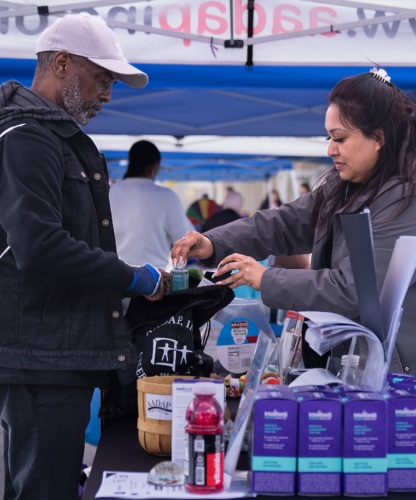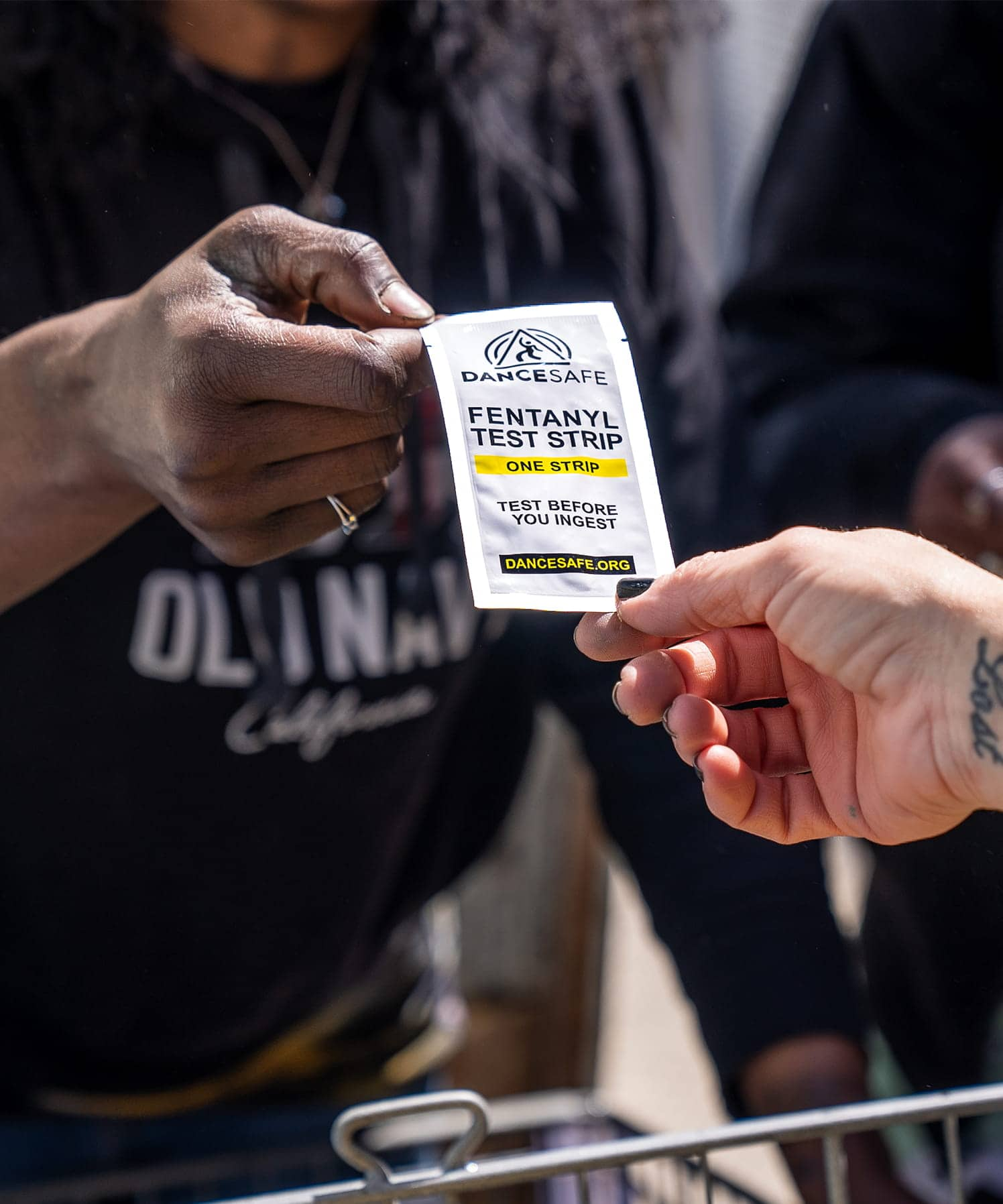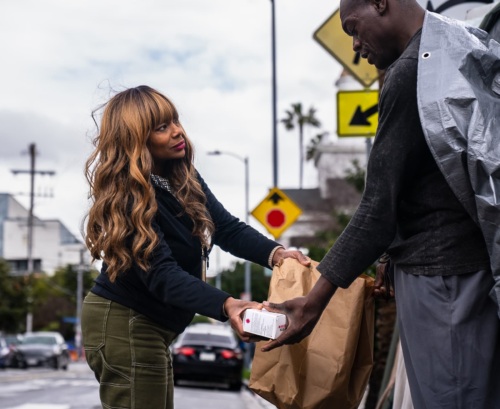Legal regulation and safer supply can reduce overdose risks.
Legal regulation means allowing drugs to be produced, taxed, distributed, and used legally—under strict quality standards with accurate labeling, like other consumer goods. It must align with public health and safety principles.
Safer supply provides people (whose substance use disorder is controlled) access to regulated drugs from legal sources. This reduces the risk of contamination with things like fentanyl. This is typically done through medical prescription.
Together, these approaches ensure that people have access to a drug supply that is free from contaminants and of known potency—reducing the risk of overdose and keeping people alive.
Criminalization has created a risky, unpredictable drug supply.
After over 50 years of the drug war, drugs are cheaper, stronger, and easier to get than ever. The overdose crisis is happening because no one has control over the street drug market. Trying to stop prescription opioids and heroin led to fentanyl. Now, concerning drugs like xylazine and nitazenes (a synthetic opioids that can be 10 times stronger than fentanyl) are showing up.
A spectrum of legal regulation and safer supply exists.
Transitioning to these models takes planning and learning. By studying successful examples like Switzerland’s, we can improve upon existing models to ensure future drug policies focus on best practices, consumer safety, and public health.
Regulation must repair the harms of the drug war and increase access to supports.
Legal regulation cannot operate in a vacuum. Communities need resources and services to not just survive but thrive. Drug criminalization comes with a hefty price tag– it costs taxpayers $44 billion each year. This money and money from legal regulation—like marijuana tax revenue– must support our collective health and wellbeing. This includes funding essential services like addiction treatment, affordable housing, employment programs, harm reduction, and recovery programs.
The Drug Policy Alliance is committed to reducing the harms of the unpredictable drug supply by advancing drug regulation based on evidence, health, equity, and human rights.









